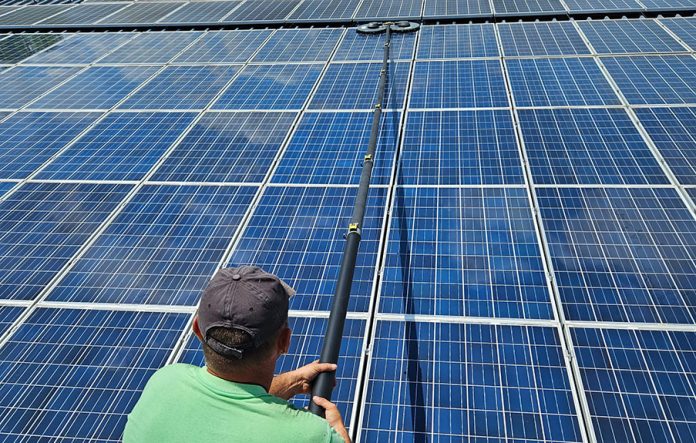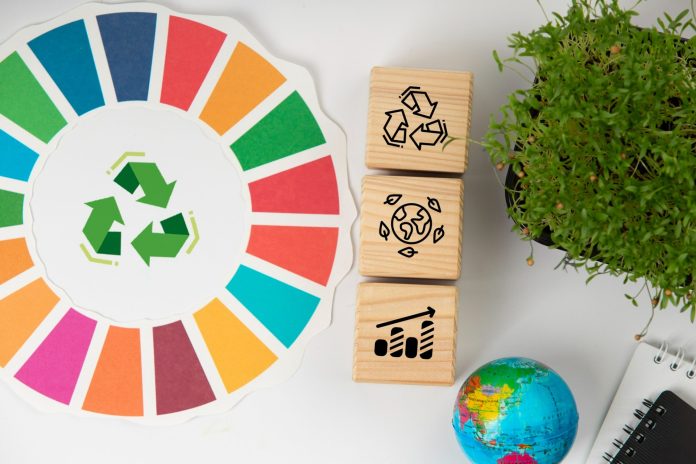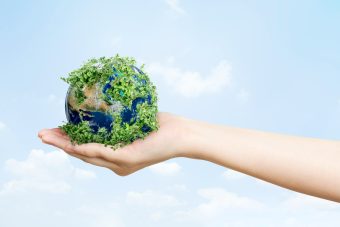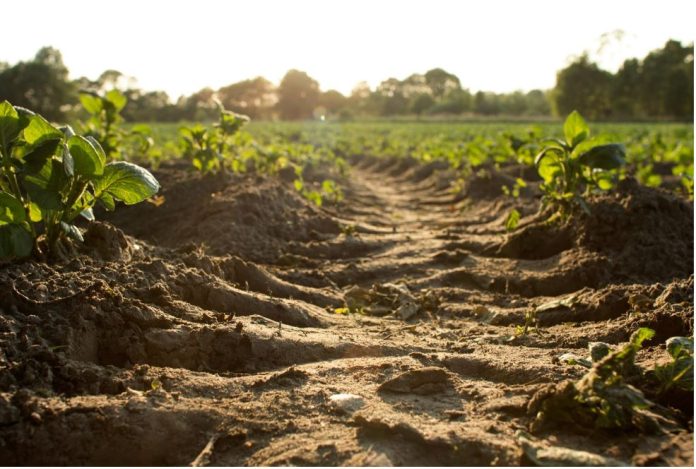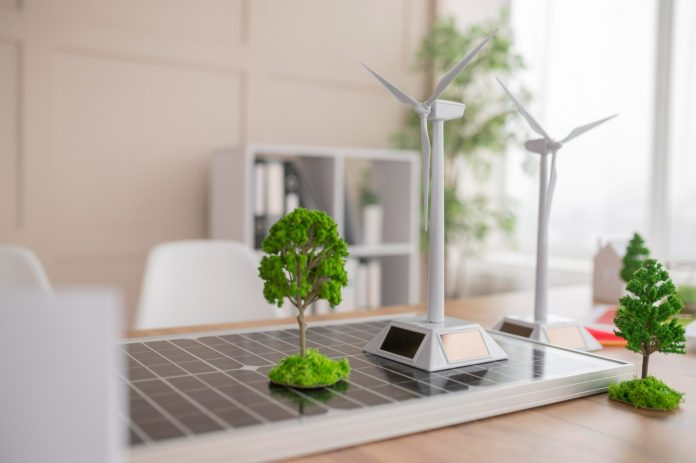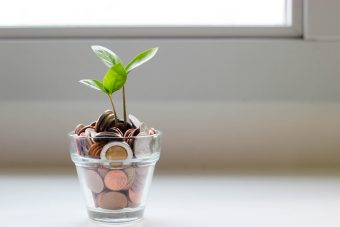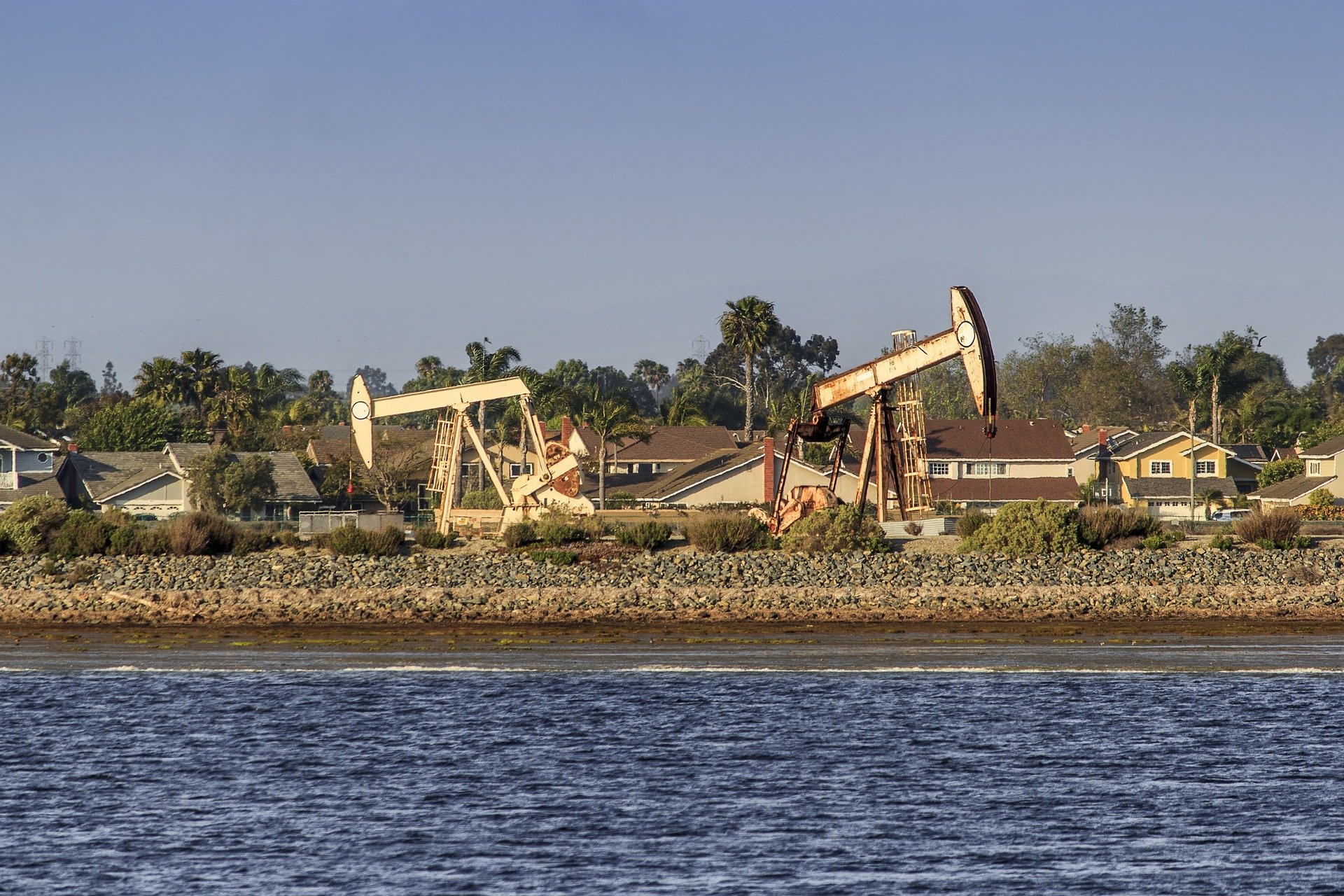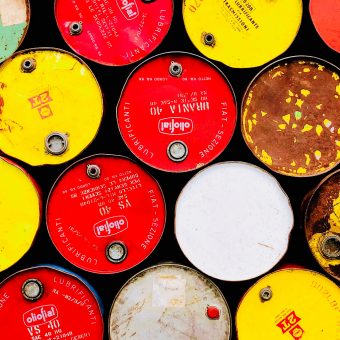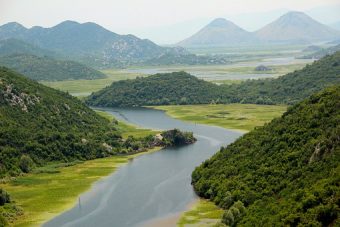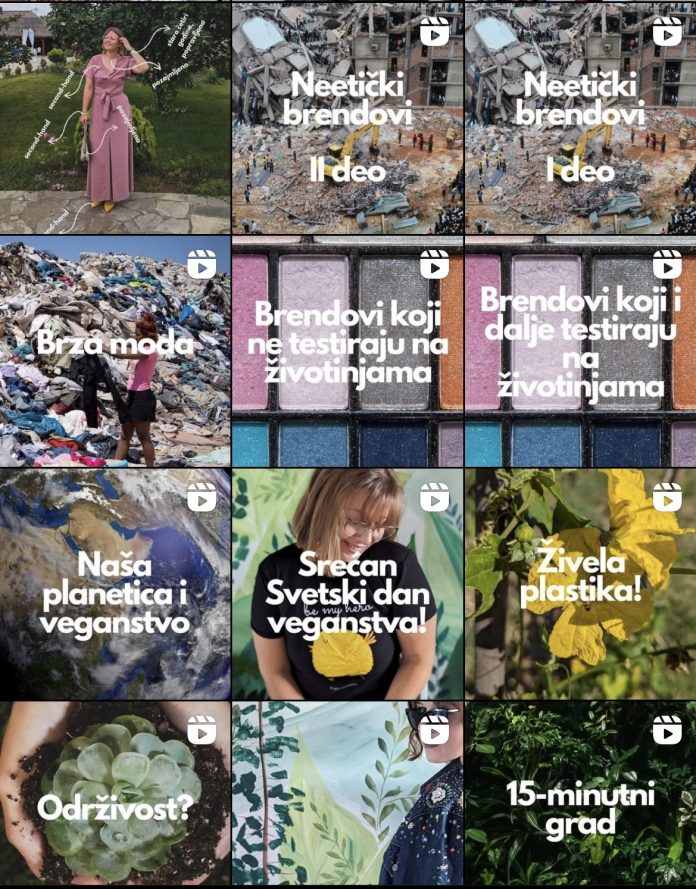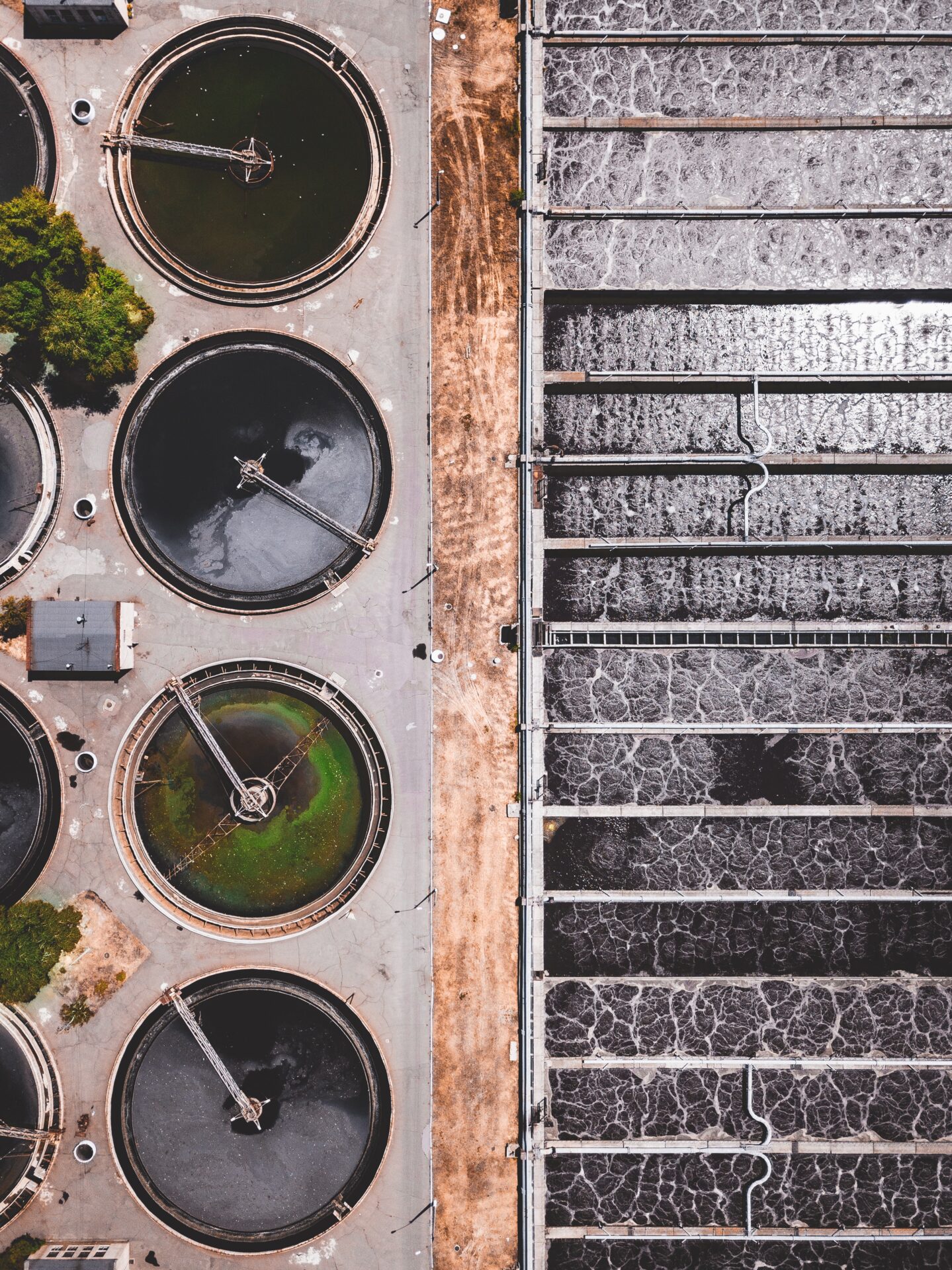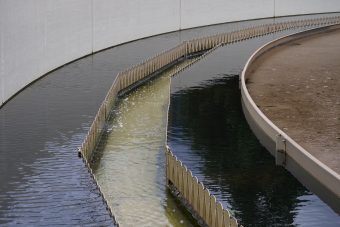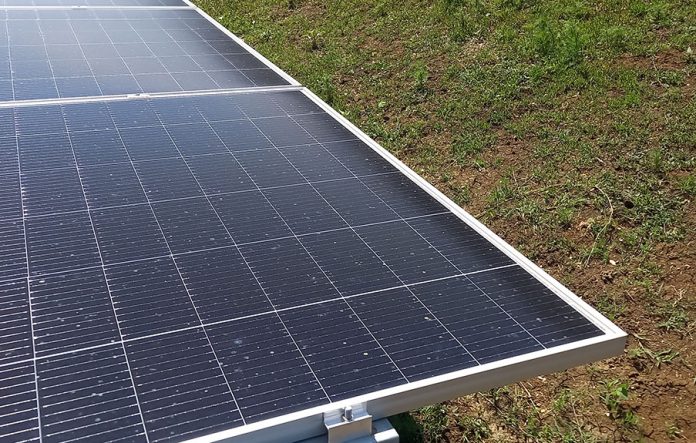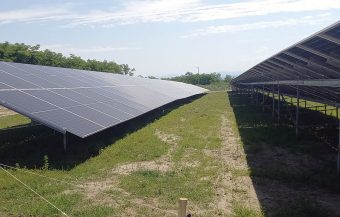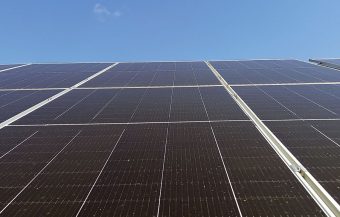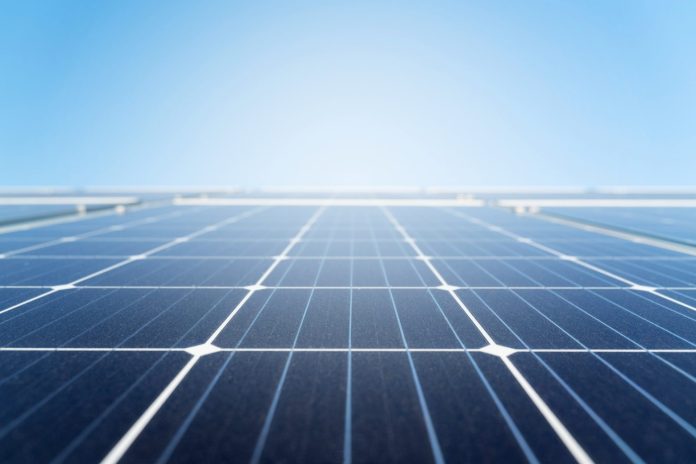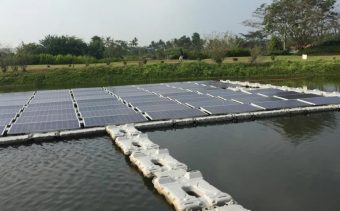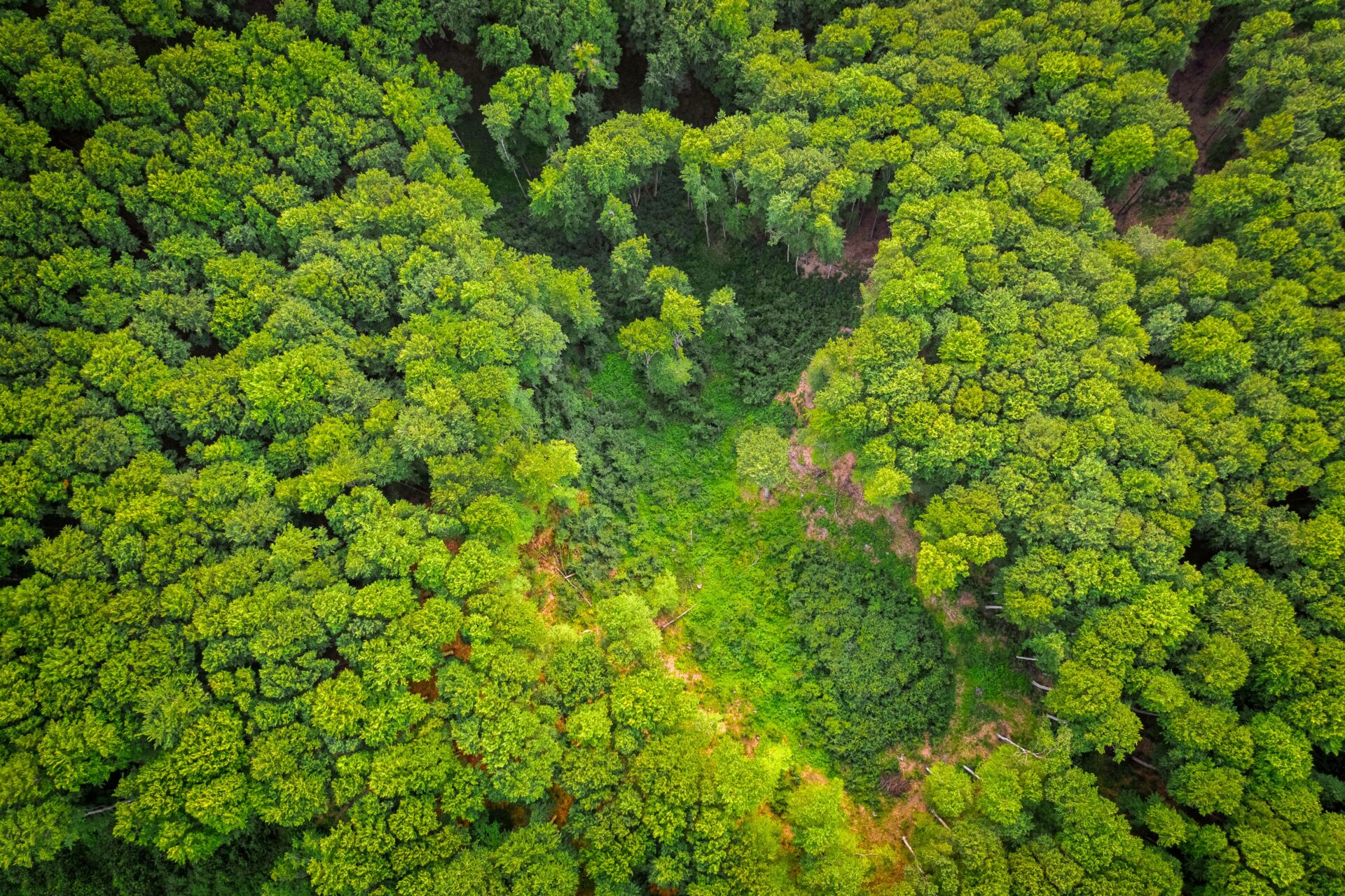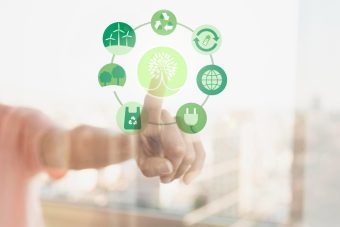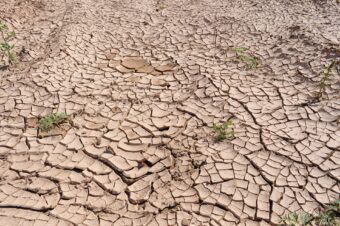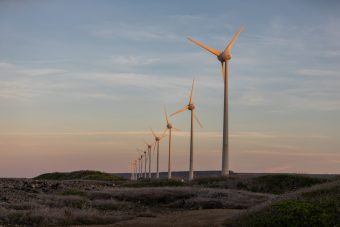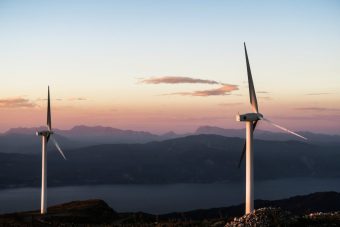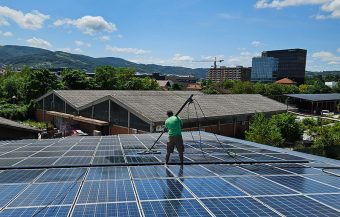
Solar energy is an excellent source of clean and renewable energy. Whether summer or winter, solar power plants require dedicated maintenance and regular cleaning to function properly and last as long as possible. Dust, dirt, leaves and other small debris can accumulate on solar panels, reducing efficiency. This can lead to loss of energy generation, increased maintenance costs and, in some cases, damage to the solar panels. This is why regular and efficient cleaning of solar panels is very important.
BIG Solar from Banja Luka is the first company specializing exclusively in cleaning and maintaining solar power plants and solar panels on the territory of Bosnia and Herzegovina. The company uses state-of-the-art machines and brushes from renowned manufacturer Kärcher, and their iSolar programme was created to clean and maintain solar panels while applying the professional cleaning method. The company has abundant experience in panel cleaning. They believe in the future of solar energy and are therefore committed to providing top-quality solar panel cleaning services to help maximize the utilization of your solar power plant.
IN FOCUS:
- SOCIAL NETWORKS FROM A DIFFERENT ECO-ANGLE
- MT-KOMEX BH – REGIONAL ACTOR FOR SOLAR ENERGY
- ECOLOGY EMBASSY IN THE CULTURE STREET
Cleaning with RO water
BIG Solar uses the latest technology for cleaning solar panels. It washes all solar power plants exclusively with pure reverse osmosis (RO) water, which had pollution, heavy metals, salts, bacteria and viruses removed from it. This process is called Reverse Osmosis. Professional cleaners first inspect the solar panels to determine how dirty they are. They then use a soft automatic brush soaked in RO water to clean all panel surfaces. Cleaning panels with RO water has numerous advantages, including clean and efficient panels, extended service life and safe, environmentally friendly, simple and fast cleaning methods. The economic reasons for cleaning solar panels with RO water are increased energy production, as clean panels can produce up to 25 per cent more energy than dirty ones. Keeping the panels clean can save money on electricity bills, too.
Prepared by: Mirjana Vujadinović Tomevski
Read the story in the new issue of the Energy portal Magazine RESPONSIBLE BUSINESS


